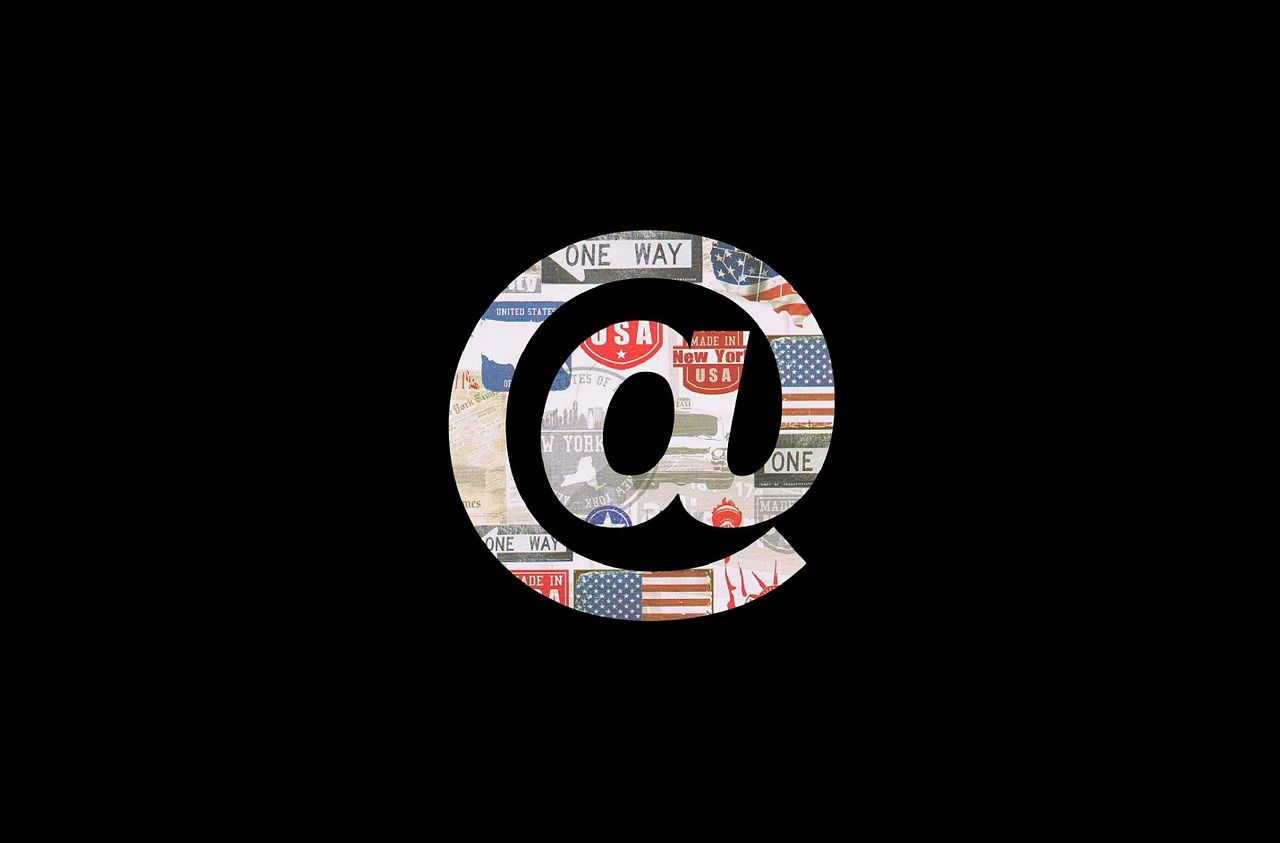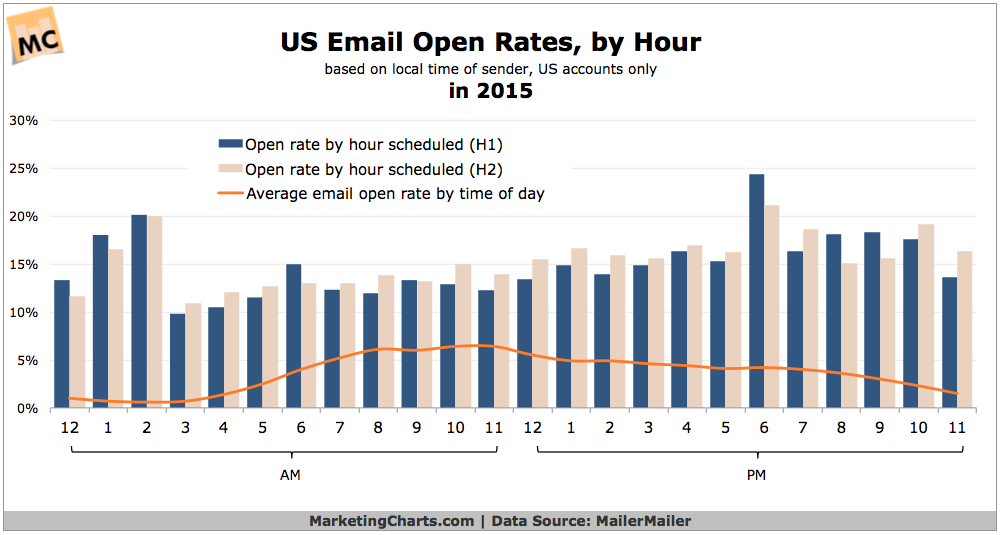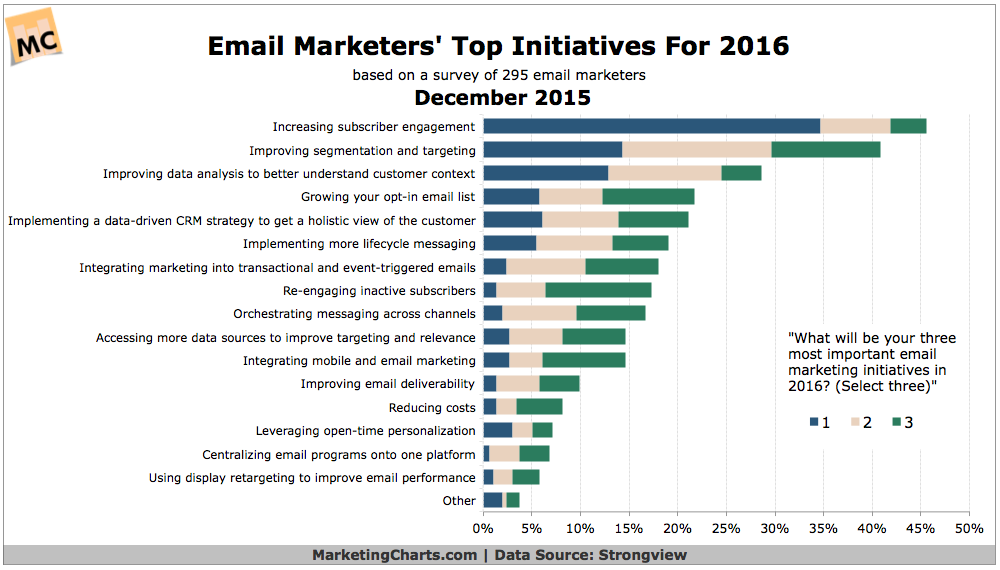Each week, we publish a mishmash of ecommerce related, insight infused articles for you to smash through. Just as we collect business information across all of a merchant’s channels in a single place, we’re doing the same for ecommerce related content from a variety of top-tier content creators. If you find the material filling your appetite for knowledge, feel free to share this post, as well as any article you see here.
The “@” will never stand for Twitter. All hail email. Sure, some feel it’s getting old and it lacks the spontaneity of other engaging channels. But it’s the most reliable way of communicating (I mean, even teens prefer being contacted that way), and that’s unlikely to change, especially if you’re an online retailer. In this week’s mishmash, we’ll cover how to bring some “umph” to your email lists, peak times when consumers open emails, Q3 campaigns, and how e-retailers are prioritizing mobile shoppers as they email.
The Kids Are @lright
Before we get into these articles, we should probably back up the statement that teens prefer being contacted via email. According to email research by Adestra, teens want their social platforms, like Snapchat or Facebook, reserved for their family and friends — not businesses. The more-than-1,200-strong respondents prefer email marketing over alternatives to contact them. It isn’t that email is desirable or anything like that. It’s that email is their preferred mode of communication with brands.
Becoming a List Hacker
First thing’s first, before you mess with email marketing, you need an email list, an email database. Sure, you can beef up that list over time with just-purchased customers’ emails, but it never hurts to do a little list building outside the normal day-to-day of selling. Conversion XL has 14 list-hacking tips for lengthening that email list, ranging from viral competitions, to engaging social posts and conversion-inducing pop-ups. Growing that database is a priority for any e-retailer, and there are some creative ways of getting that email address that don’t involve credit cards.
The Time Is Now
What time is the right time to send emails? When do contacts click through them? The answers probably fluctuate wildly depending on the source, and it depends largely on the email list studied, but research on nearly a billion opt-in newsletters certainly helps provide some insight. MailerMailer, releasing its 16th annual metrics report, took a look at email open and click-through rates, discovering that, well, they haven’t adjusted all that much since 2014. There is one clear lesson, though: you might not want to schedule emails during peak opening hours as you’re likely to join a bunch of clutter. We could probably write an entire post touching on their research — it’s a lot — so do give it a look.
Mobile’s More Important
It’s Christmas in July for this blurb, and it’s never too late to get prepared for the holidays anyway. A recap of holiday season 2015 saw e-retailers launching their email campaigns with a distinctly mobile focus, and it’s expected to be even more so in 2016. Mobile usage ratcheting up to nearly $838 million in online sales on Cyber Monday (a 52.9% year-over-year boost), and a portion of the credit is given to email marketing’s pivot to mobile formats. For some mobile-centric perspective on why and how e-retailers are modifying their emails, take a look at this piece by Internet Retailer.
Q3 Campaigns
There’s no point in emailing anyone about anything if there’s no reason behind it. As we inch closer to the hype of Q4, test drive your email campaigns with these Q3-inspired campaign ideas by Practical Ecommerce. We’ve already passed the biggest reason to launch a campaign — 4th of July — but there are still plenty of excuses to bring out an email campaign, whether it’s in celebration of Autumn come August or Labor Day.
Initiatives in Email
What were email marketers’ primary goals this year? Here’s a look by Strongview based on nearly 300 of their responses. Top goals are what you’d expect; boosting the amount of engagement between brand and customer, lasering down on segments within a subscriber list for targeted emails, and better understanding email data for personalization.





